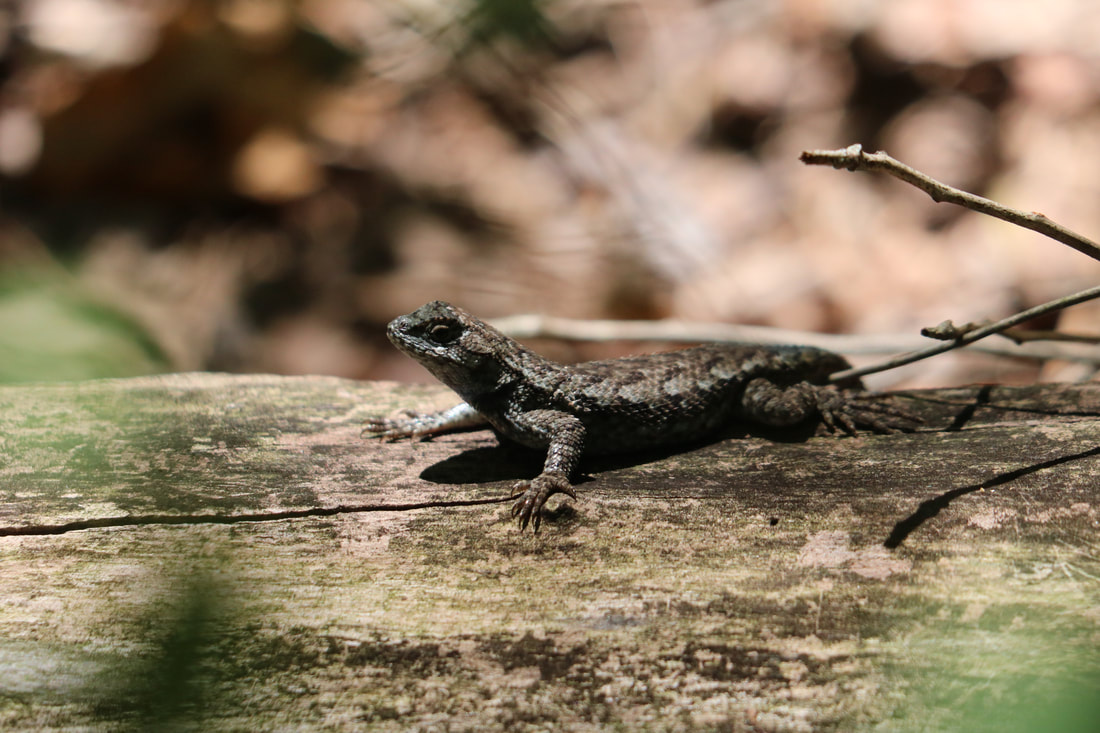Years ago, on this day, Edwin Way Teale and his wife Nellie visited south Florida and began a Journey north which would last through a season. Teale’s notes on this journey would become the book, North with the Spring. This book became the first in his Pulitzer Prize winning series, The American Seasons.
This March began with warm weather and flowers began blooming early. Trillium and toothwort followed the redbuds trees in a quick progression, but the equinox was a cold day, one of many, and the progression has stalled. No frost has given the blooming flowers its kiss of death in my neighborhood, but neither have the dogwoods popped into bloom. I long to see them, as well as bloodroot and trout lily.

 RSS Feed
RSS Feed